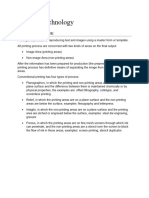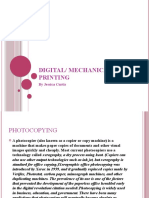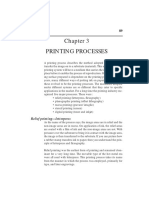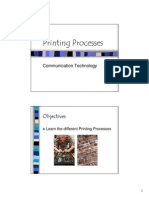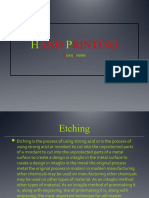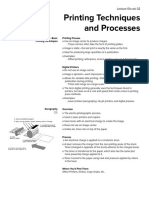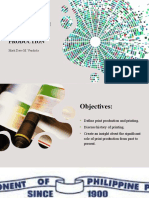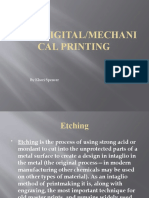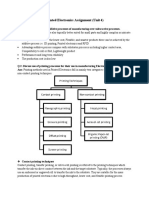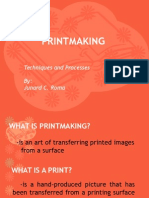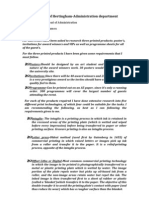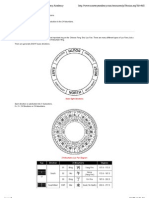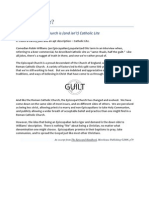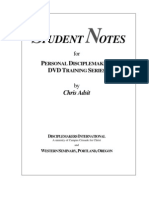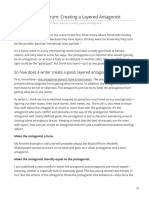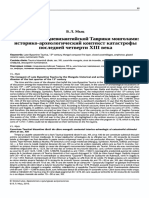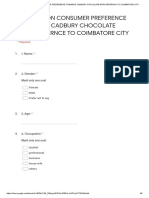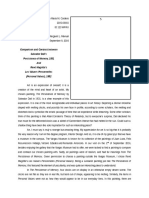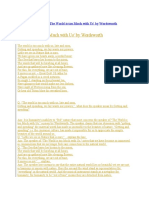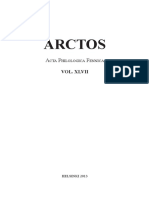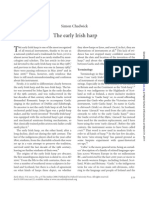0% found this document useful (0 votes)
207 views31 pagesThe Main Industrial Printing Processes Are
The main industrial printing processes are offset lithography, flexography, digital printing (inkjet and xerography), gravure, and screen printing. Relief printing uses a raised surface to transfer ink and includes flexography and letterpress. Flexography frequently prints on packaging materials using flexible plates and fast-drying ink. Gravure engraves images into metal plates and uses those depressed areas to hold ink. Digital printing refers to printing directly from digital files using large format inkjet or laser printers.
Uploaded by
Advanced GraphicsCopyright
© © All Rights Reserved
We take content rights seriously. If you suspect this is your content, claim it here.
Available Formats
Download as PPT, PDF, TXT or read online on Scribd
0% found this document useful (0 votes)
207 views31 pagesThe Main Industrial Printing Processes Are
The main industrial printing processes are offset lithography, flexography, digital printing (inkjet and xerography), gravure, and screen printing. Relief printing uses a raised surface to transfer ink and includes flexography and letterpress. Flexography frequently prints on packaging materials using flexible plates and fast-drying ink. Gravure engraves images into metal plates and uses those depressed areas to hold ink. Digital printing refers to printing directly from digital files using large format inkjet or laser printers.
Uploaded by
Advanced GraphicsCopyright
© © All Rights Reserved
We take content rights seriously. If you suspect this is your content, claim it here.
Available Formats
Download as PPT, PDF, TXT or read online on Scribd
/ 31



